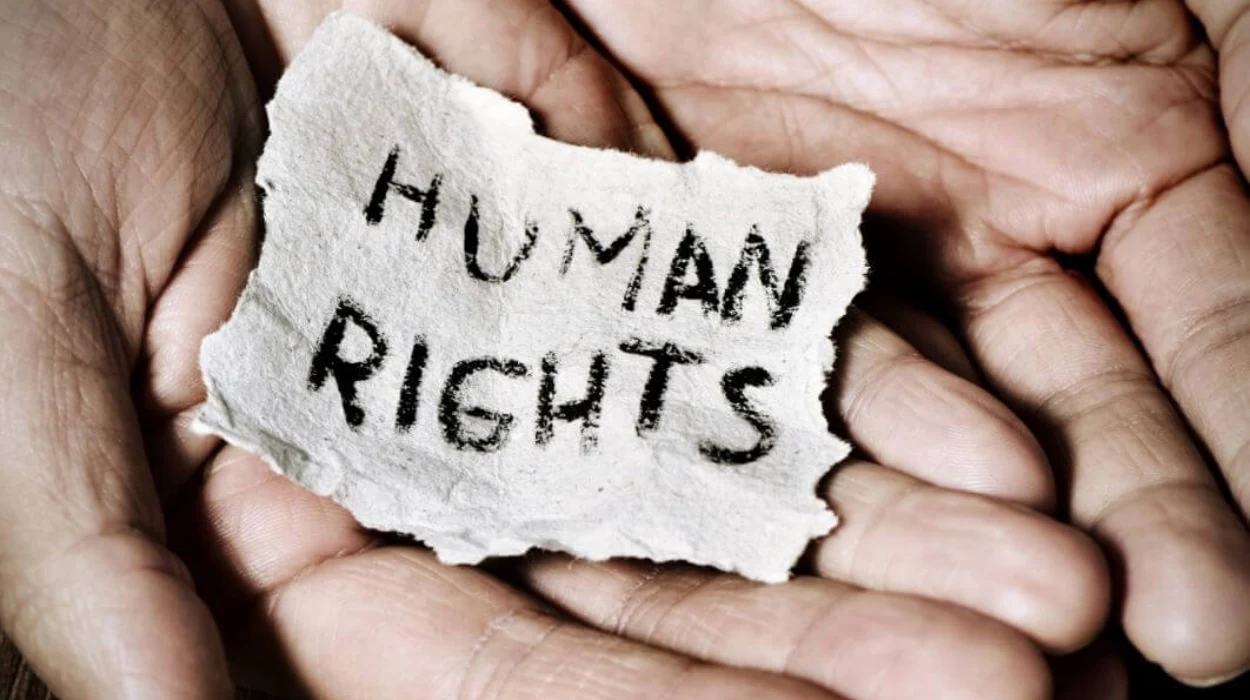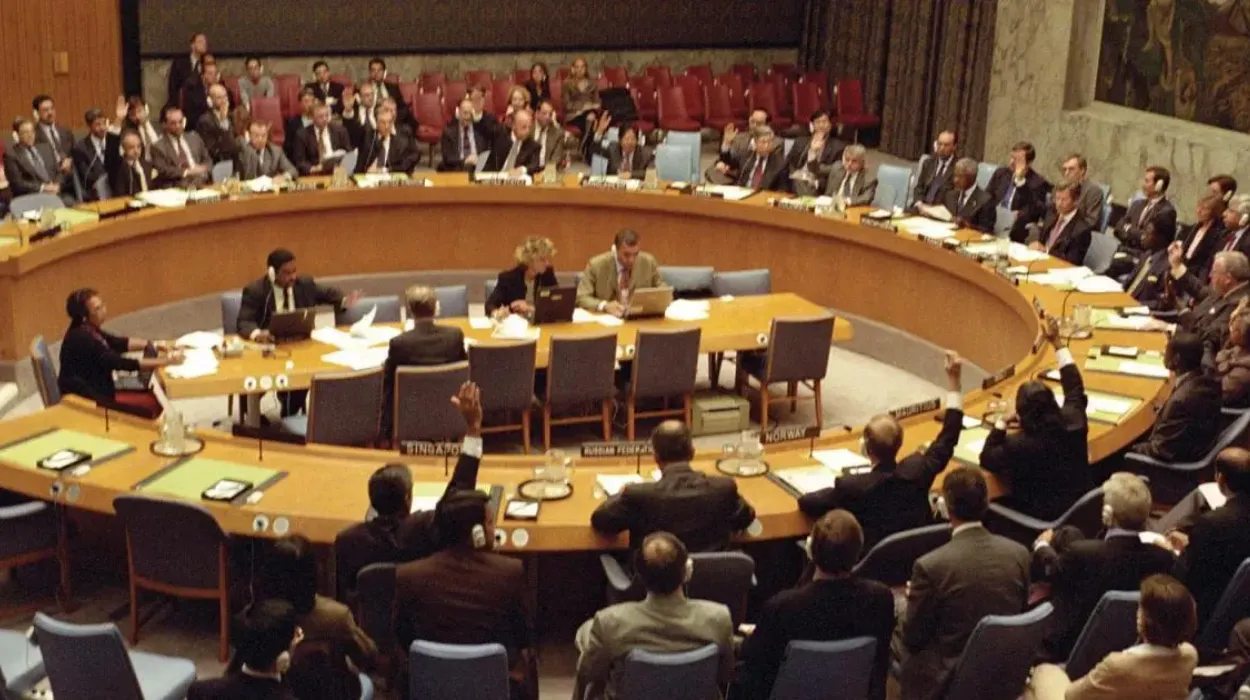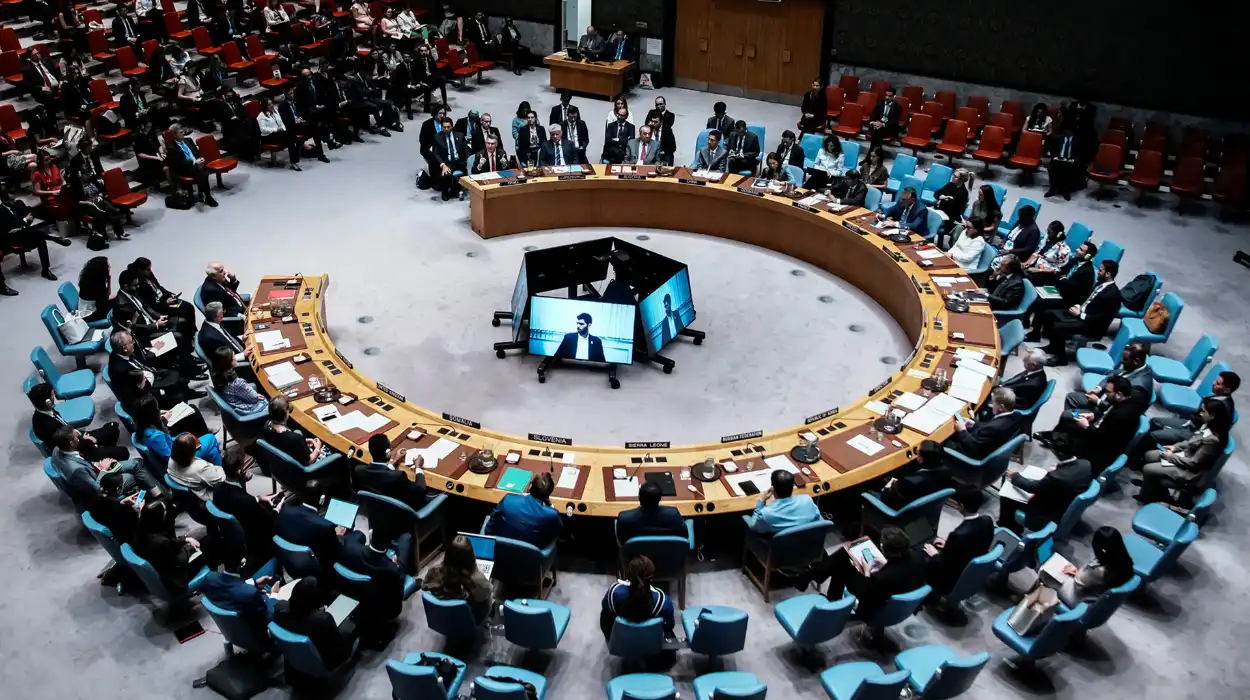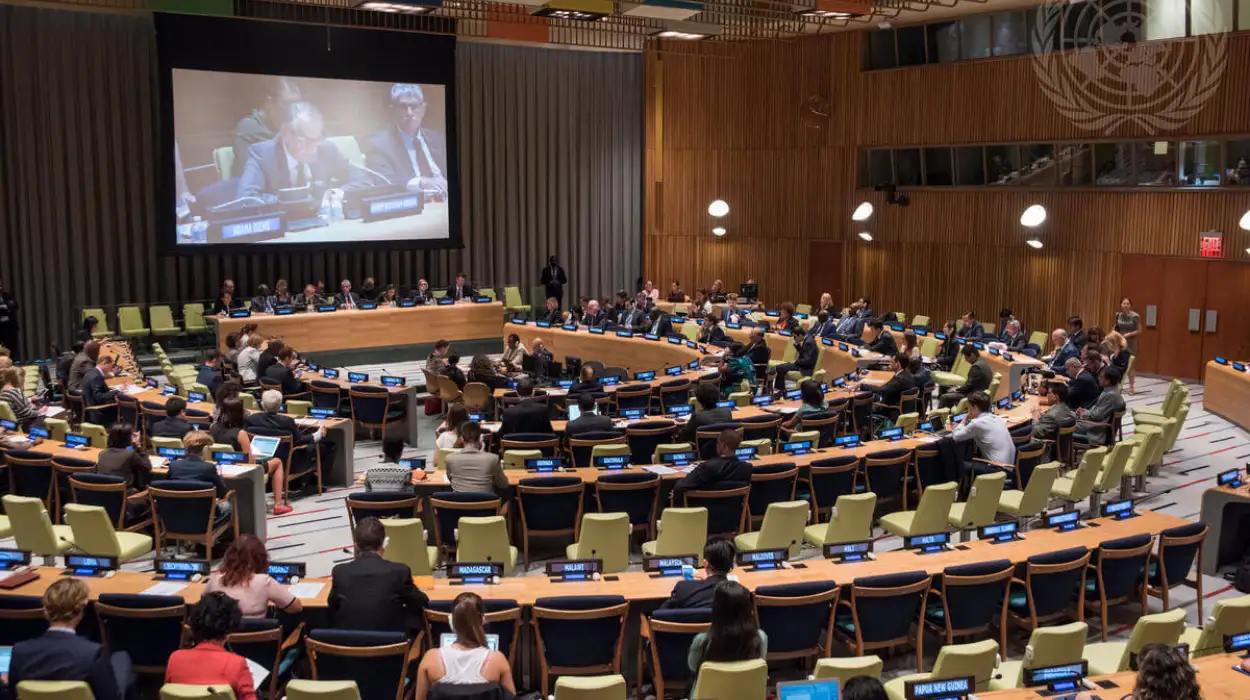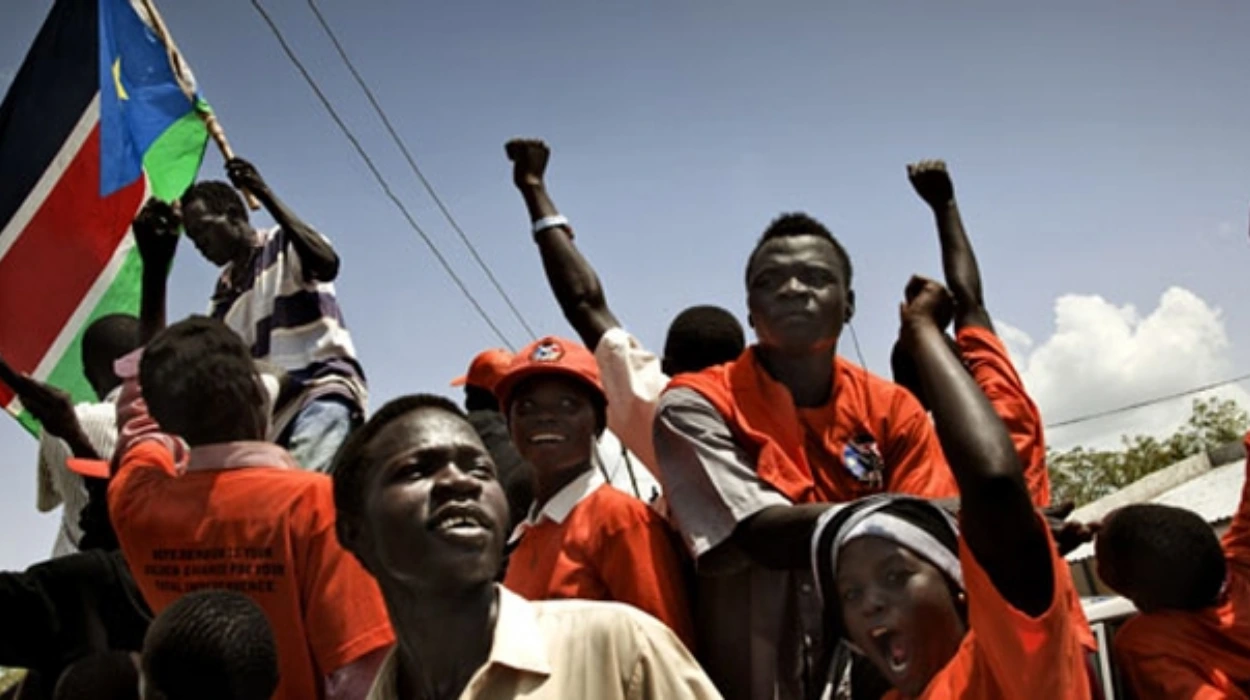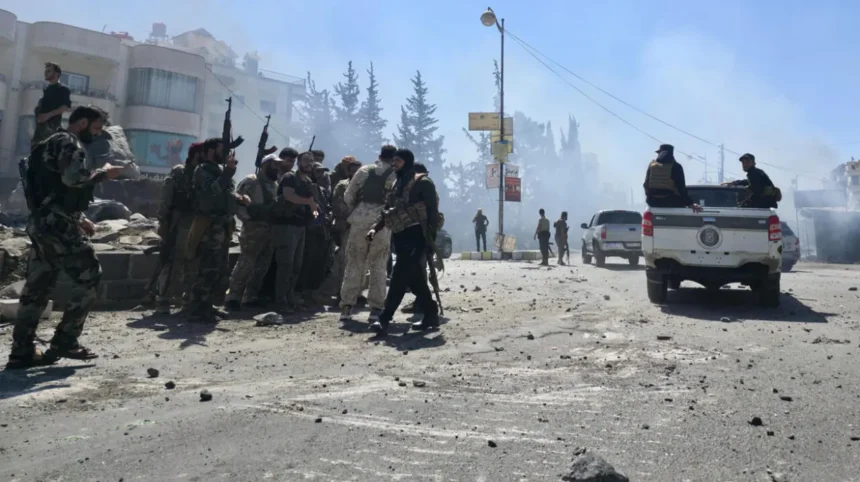There has been a deadly blow up in sectarian violence in the southern Sweida province of Syria which is one of the historically less volatile regions of the country and this hence is the locus of the national imbalances now. In July 2025, sectarian violence between the Druze militias and Sunnis Bedu tribal warriors was increasing drastically. United Nations observers confirm more than 200 dead, local networks say more than 350. Fights that were previously intermittent have become an everyday gun fight that occurs both in the rural and urban places.
The geopolitics, the fact of being close to the Jordanian border, as well as a religious composition, predominantly Druze, permitted Sweida to escape the dynamics of full-scale civil war that has plagued Syria. However now this delicate balance has been shattered. The increased intensity of violence and its undeniably sectarian nature poses serious risk of destroying the fragile community relations and eroding the very little power of the caretaker government.
Damascus reactions have also not been very effective in curbing violence as they are mostly reported to call loudly through official channels to calm them down. There has also been a trend of increasing local elders or locally armed community fractions to be used in security control, a sign of a decentralized crisis with national impacts.
The roots of violence and deepening divides
A history of mistrust inflamed by recent events
The conflict between Druze inhabitants of the Sweida region and their neighbors of Sunni Bedouin has a long history. Past decades had been witnessing the conflicts concerning the land, pathways of smuggling, and control. Old concerns have resurfaced though with the recent upsurge in kidnappings, targeted killings and retaliatory raids. A well-publicised kidnapping of a Druze merchant on the Damascus-Sweida highway led to the violent retaliation. Retaliatory killings are said to have taken place as several Sunni shepherds are reported to have been killed resulting in a revenge-killing cycle.
Druze factions, including the local “Men of Dignity” militia, accuse Sunni tribal networks of operating with impunity. Bedouin leaders, in turn, claim that Druze fighters engage in random arrests and unlawful killing. Localized cases of occurrences have grown to community-wide mobilization and militarization.
Government weakness and fragmented command
The Syrian caretaker government’s handling of the crisis has only added to the volatility. Army units have been dispatched, but with inconsistent mandates. In other instances, the soldiers have also fallen in line of fire between rival groups. Troops in the form of government affiliated militia which are supposed to have come in as a replacement have actually worsened the situation by being sectarian in their actions.
Damascus tries to calm the conflict without going into direct confrontation with the local Druze by accrediting certain security powers to the local Druze elders. However, this dodging approach can make uncontrollable forces stronger and validate sectarian systems of government, which are beyond central supervision.
Regional implications and international reactions
Israel’s role and the specter of cross-border escalation
The recent weeks have witnessed a series of airstrikes by the Israeli military on a region near Sweida and Damascus on the grounds of its duty to protect the Druze minority. Such gestures have been decried by Syrian authorities and fretted over by those outside the country who have a fear of an increasing conflict range. The Israeli Defense Ministry wrote that the further actions of aggression against the Druze community will result in corresponding defensive measures.
To most of the Druze people, any external intervention is considered to be politically inspired and capable of causing destabilization. The Israeli participation places the country at risk of strengthening the perspectives of foreign assault propagated in radical attitudes among the combatants and neighboring states.
Shifting alliances and the risk of regional spillover
Regional influence, once again, is a topic of debates brought on by the Sweida crisis. The militias supported by Iran have not played a direct role yet, but the fact that they are camped in the neighboring Daraa and Damascus increases the chances of a broader conflagration. In the interim, Jordan has increased border security as a precautionary measure to concerns of spill-over of refugees and along-border migration of militias.
Confidential ties are silent. Russia has stayed out of things cautiously, rather operating in western Syria. The possible consequences of this situation to the overall Turkish strategy in Syria have not yet become the subject of a total statement of this country.
Humanitarian costs and social disintegration
Displacement and trauma on the rise
As of July 15, more than 1,200 families have fled their homes in Sweida’s eastern and southern districts.Most are being hosted in makeshift camps in rural areas where they do not receive regular humanitarian or health care. According to local NGOs, four clinics at least have been either shelled or their staff evacuated.
The number of civilian casualties is increasing. There were also cases of lapse of medical care in conflict areas where at least 80 civilians including the elderly and children were among the people who died in the crossfire as Doctors for Syria reported. The water and power are cut off, and the environment is being set up that invites health emergencies.
Long-term community rupture
After the violence erupted, it has started tearing down the sense of multi-faith coexistence in southern Syria. Displaced families interviewed report increasing suspicions and hatred among communities that used to share schools, markets and civil institutions. The former functional pluralism which had been characterized by tension but not pathological has been taken by sectarian segregation and hostility.
Both sides have had religious leaders who have issued statements on peace but they do not control any armed groups and they cannot exercise any form of discipline. There have been no independent institutes of mediation, or civil society establishments to which people can turn in order to find any genuine process of reconciliation.
Governance in crisis: decentralization or disintegration?
Fragile authority and localized power centers
Damascus’ choice to relinquish crisis management to the local players is an act of weakness and also a political bet. In Sweida, local religion leaders have become mediators in disputes and patrol points of security, as well as distributing assistance. This temporary decentralization might reduce flashpoints but risks solidifying autonomous power zones.
Analysts warn that such arrangements could encourage other provinces to reject central authority, especially in regions with strong ethnic or sectarian identities. The longer these local systems function independently, the harder it will be to reintegrate them into a national framework.
A hollow political transition
Syria’s long-delayed political transition continues to falter. Recently, the UN Special envoy Geir Pedersen changed his tune by admitting that the sectarian violence in Sweida is a serious danger to the establishment of an inclusive governance and everyone must de-escalate now. Nonetheless, the peace process that is being led by the Security Council is still stalled, and there is no blueprint to constitutional reform that enjoys minority rights.
That the caretaker government failed to maintain security in one state in the south is a pointer to its bigger hurdles in charting an integrated national recovery. Sweida has emerged as an emblem of misgovernance as well as the complications in the post-conflict statebuilding.
Voices from the field
Sky News correspondent Alex Crawford has closely followed the evolving situation in Sweida. In an interview, she emphasized the scale of devastation and mistrust driving the conflict, noting,
“There is no single actor who can speak for all parties. Every group has its own agenda, and civilians are caught in the middle.”
Crawford also stressed the lack of coordinated humanitarian response and the dangerous potential for wider regional spillover.
The IDF has hit the Syrian Defence Ministry in Damascus as battles cont in the southern city of Sweida – these pix are from Sweida. There’ve been high casualties in Sweida with Druze fighters battling Syrian army soldiers and Israelis bombing the army forces pic.twitter.com/V6sDmA2gxT
— Alex Crawford (@AlexCrawfordSky) July 16, 2025A microcosm of Syria’s deeper instability
The fall of Sweida into a sectarian conflict is one of the examples of the unaddressed contradictions in the post-war period of Syria. Power distributed, militarised identities, foreign intrusion, and multi-lateral politics will work together to form an unstable balance. The roots of permanent peace could not be established even after years of war-mentality.
Sweida may not be the final province to break out, especially unless the immediate effort is made to defuse the violence, to back neutral intermediation, and to restore inclusive governance. It is getting late to avert normalization of sectarian enclaves.
What happens in Sweida next may not only decide the fate of southern Syria, but it may portend on the future of transition Syria. Are Syria going to be integrated and rebuilt, or divided into even smaller fragments under the pressure of unaddressed historical resentments and current political stagnation? That is the challenge facing the Syria leaders and the world in 2025.


